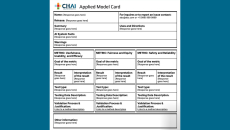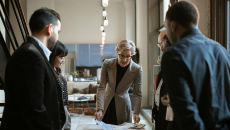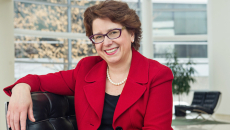Medical Devices
The Coalition for Health AI is offering its Applied Model Card artificial intelligence transparency tool on GitHub to build "the kind of trust that we need," says its CEO Dr. Brian Anderson.
Healthcare providers and IT vendors in the region have weighed in with their predictions for healthcare technology in the new year.
The U.S. Food and Drug Administration has published updated draft recommendations to help improve the performance of pulse oximeters across skin tones.
After resolving how it will review updates to previously approved artificial intelligence-enabled medical devices, the agency will release its full draft proposal for market submissions.
Cyberattackers have been shifting to strategies where legitimate tools commonly installed on desktops and servers are abused for malicious purposes. To fight back, knowledge is power.
NGITS are versatile, adaptable infrastructures and engineering/operations that can incorporate new mission-advancing technologies and business processes into the enterprise as they emerge in a thoughtful, integrated way.
For many of us, 2021 feels a lot like 2020 with lockdowns imposed and hospital pressures increasing. However, there is light at the end of the tunnel with several vaccines now being rolled out globally, says Dr Saif Abed, founding partner, AbedGraham.
The weaknesses highlighted by the FDA in Urgent/11 demonstrate there are susceptibilities within software platforms that are both identifiable and resolvable.
Security
Medical devices must be managed from a security perspective, but also from an operational perspective. Using analytics to establish behavior baselines helps support risk assessments, find malfunctions and enhance staff productivity.
Analytics
Feeding data directly from a medical device into medical records has reduced errors, improved patient safety and increased caregiver efficiency.








